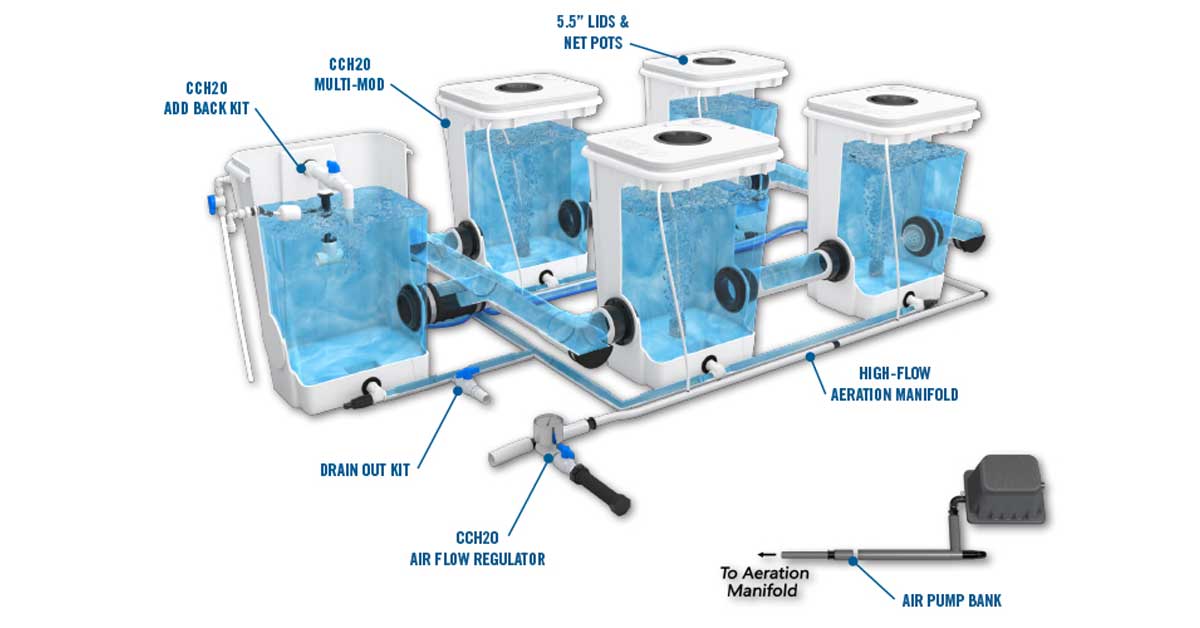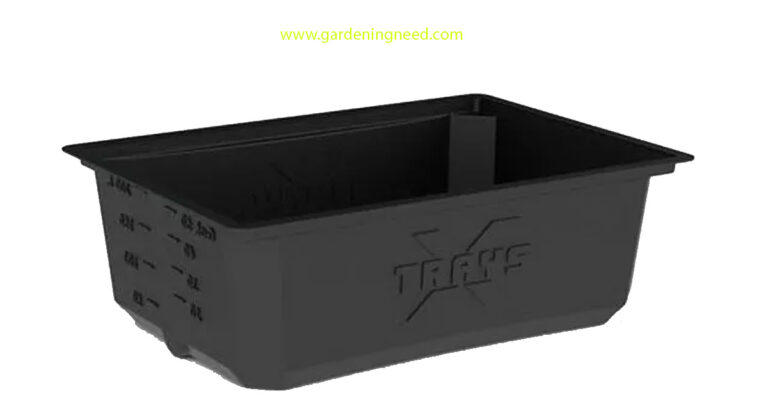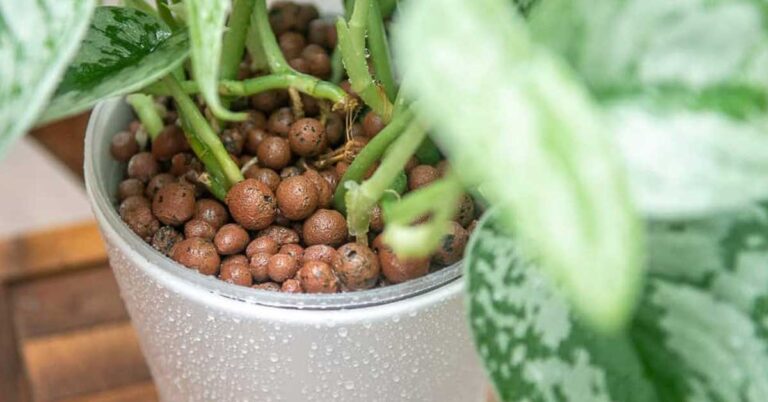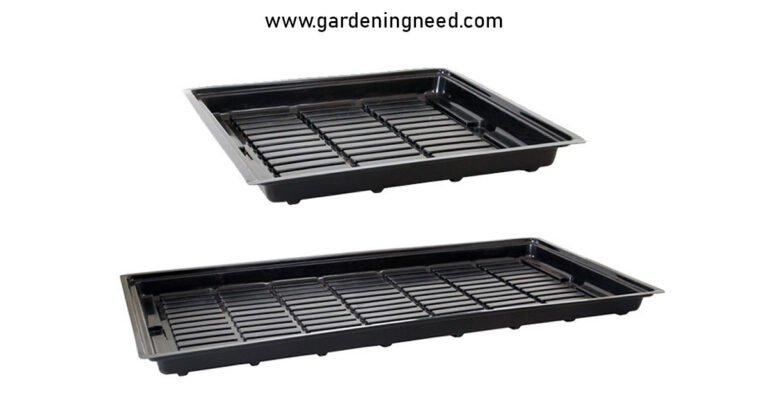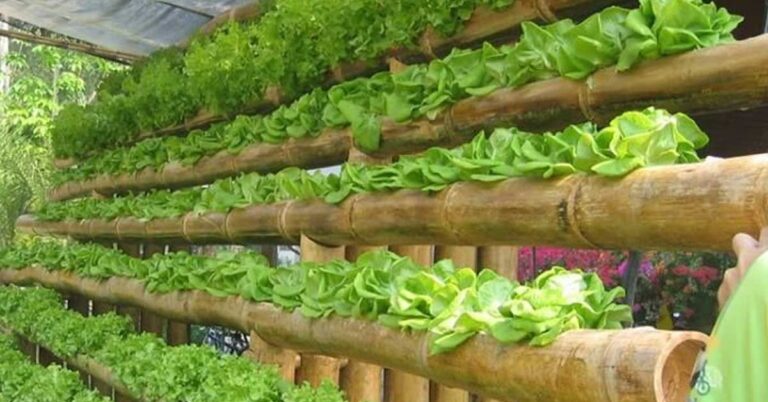Undercurrent Hydroponic Systems
Unlock the full potential of indoor gardening with undercurrent hydroponic systems. These innovative gardening solutions utilize a sophisticated design to maximize crop yield and ensure plant health. While traditional soil-based cultivation methods have their place, undercurrent hydroponic systems offer a revolutionized approach to farming that any gardening enthusiast should consider.
The magic of undercurrent hydroponic systems lies in their unique way of delivering nutrient-rich water to plant roots, surpassing other popular hydroponic systems like the ebb and flow or flood and drain techniques. With an undercurrent system, growers can optimize nutrient absorption and achieve superior plant growth while minimizing water usage.
Ready to explore the wonders of undercurrent hydroponics? Let’s delve into this innovative realm and explore how it stacks up against other hydroponic systems like nutrient film technique (NFT), deep water culture (DWC), and aeroponic hydroponic systems.
Understanding Undercurrent Hydroponic Systems
Unravel the mystery of undercurrent hydroponic systems and discover the power of precision horticulture. Unlike more commonly known techniques like ebb and flow hydroponic systems or flood and drain hydroponic systems, undercurrent systems operate on a completely different premise.
At its core, an undercurrent hydroponic system is a recirculating method, where a continuous flow of nutrient-enriched water is maintained in the root zone. This continuous undercurrent offers a dynamic, highly oxygenated environment for the plant roots, resulting in robust growth and high yields.
Compared to other hydroponic methods such as the nutrient film technique (NFT) or deep water culture (DWC), undercurrent systems ensure a consistent supply of nutrients to plants. The system also minimizes water waste and requires less maintenance, making it an eco-friendly and efficient solution for both hobbyist and commercial growers.
Components of Undercurrent Hydroponic Systems
Water Pump
A key component of any undercurrent hydroponic system is the water pump. It facilitates the continuous movement of nutrient-rich water through the system, ensuring your plants receive a constant supply of essential nutrients for optimal growth. The water pump operates tirelessly to create the ‘undercurrent’ that defines this innovative system.
Air Stones
Air stones are critical to the health of plants in undercurrent hydroponic systems. They work in concert with the water pump to oxygenate the nutrient solution, promoting healthy root development and enhanced nutrient uptake, outperforming many other hydroponic systems like aeroponic hydroponic systems or deep water culture (DWC) systems in this aspect.
Net Pots
Net pots serve as the home for your plants within the undercurrent system. They securely hold the plant and its root system while allowing roots to extend into the nutrient solution. These pots are designed to optimize plant health and productivity, a feature that sets undercurrent systems apart from methods like the ebb and flow or flood and drain hydroponic systems.
Reservoir
The reservoir houses the nutrient solution used in the undercurrent hydroponic system. A well-maintained reservoir ensures that your plants have a continuous supply of nutrients. Unlike systems such as the nutrient film technique (NFT) where the nutrient solution drains away, the undercurrent system recirculates the solution, reducing waste and optimizing resource use.
Grow Tray
The grow tray is where the magic happens. It’s where your plants sit, with their roots immersed in the oxygenated nutrient solution. The tray design allows for efficient nutrient delivery and enhanced root aeration, giving plants in undercurrent hydroponic systems a clear edge over those in more traditional setups.
Advantages of Undercurrent Hydroponic Systems
If you’re considering stepping up your gardening game, undercurrent hydroponic systems offer compelling advantages that set them apart from other hydroponic methods like ebb and flow, flood and drain, nutrient film technique (NFT), deep water culture (DWC), or aeroponic systems. Here’s why you should consider investing in an undercurrent system:
1. Enhanced Nutrient Efficiency: The continuous circulation of nutrient solution in undercurrent systems ensures your plants always have access to the nutrients they need. This dynamic environment enables optimal nutrient absorption, leading to robust plant growth and high yields.
2. Water Conservation: Because the nutrient solution is constantly recirculated in an undercurrent system, there’s minimal waste. This feature makes undercurrent hydroponic systems a water-efficient choice in a world where water conservation is increasingly important.
3. Lower Maintenance: Unlike systems like flood and drain or NFT, which may require frequent attention to prevent drying out or flooding, undercurrent systems are designed to run smoothly with less intervention. Once the system is set up and balanced, it requires minimal maintenance.
4. Higher Yields: Due to the highly oxygenated environment and constant nutrient delivery, plants grown in undercurrent hydroponic systems often yield more than those grown in other systems. Whether you’re a hobbyist or commercial grower, the potential for higher yields is a clear advantage.
5. Scalability: Undercurrent systems are highly scalable. They can be set up to suit small home gardens or expanded to accommodate large commercial greenhouses. This versatility makes undercurrent hydroponic systems a smart choice for growers of all levels.
Challenges in Using Undercurrent Hydroponic Systems
While undercurrent hydroponic systems offer many advantages over traditional ebb and flow, flood and drain, nutrient film technique (NFT), deep water culture (DWC), and aeroponic systems, they aren’t without their challenges. It’s crucial for any potential grower to understand these to fully harness the potential of this innovative cultivation method.
1. Initial Setup Costs: Undercurrent systems, with their pumps, air stones, and specially designed trays, can be more expensive to set up initially than some other hydroponic systems. However, the superior yields and efficiency often offset these costs in the long run.
2. Technical Knowledge: These systems require a certain level of technical knowledge to set up and maintain. Growers need to understand the principles of water and nutrient circulation, aeration, and pH balance to get the best results. However, with a little learning and practice, most growers can easily master the basics.
3. Risk of Waterborne Diseases: Since the same water is recirculated throughout the system, any disease or pathogen present can quickly spread to all plants in the system. It’s essential to monitor plant health regularly and take swift action at the first sign of disease.
4. Power Dependency: Undercurrent systems rely heavily on electricity to keep the water pump and air stones operational. Any interruption in power supply could lead to stress for your plants and potential losses. Backup power solutions or power outage contingency plans should be part of your setup.
Despite these challenges, the benefits of using undercurrent hydroponic systems often outweigh the difficulties. With careful planning, vigilant maintenance, and a willingness to learn, growers can reap the rewards of this innovative hydroponic technique.
Comparing Undercurrent Hydroponic Systems with Other Systems
Ebb and Flow Vs Undercurrent
Ebb and flow systems operate by periodically flooding the plant roots with a nutrient solution, which then drains away. While this method is simple and popular, it lacks the constant nutrient availability and superior oxygenation provided by undercurrent hydroponic systems. Therefore, the latter often results in more robust plant growth and higher yields.
Flood and Drain Vs Undercurrent
Flood and drain systems, similar to ebb and flow, expose plant roots to the nutrient solution at intervals. This method can be labor-intensive and is susceptible to potential issues like over-flooding or drying out, particularly if the timing is not managed carefully. In contrast, undercurrent systems provide a constant ‘undercurrent’ of nutrients, eliminating the need for strict timing and reducing maintenance tasks.
NFT Vs Undercurrent
Nutrient Film Technique (NFT) relies on a thin film of nutrient solution flowing over the roots, without any growing medium. It’s an efficient method in terms of space utilization, but any interruption to the flow can quickly lead to plant stress. Undercurrent systems, on the other hand, offer a more robust and forgiving environment for plants, with consistent access to nutrients and less risk from interruptions.
DWC Vs Undercurrent
Deep Water Culture (DWC) systems immerse plant roots in a nutrient solution, similar to undercurrent systems. However, DWC systems typically lack the continuous movement of water seen in undercurrent systems. This difference can lead to lower oxygenation levels and potentially less efficient nutrient uptake. Therefore, undercurrent systems often have the edge in promoting robust plant growth.
Aeroponic Vs Undercurrent
Aeroponic systems, where plant roots are suspended in air and misted with nutrient solution, offer high oxygenation levels. However, they are technically complex and sensitive to errors, demanding a high level of management. Undercurrent hydroponic systems, although requiring some technical understanding, provide a more robust and less error-prone environment, making them a more forgiving choice for many growers.
Conclusion
In the world of hydroponics, choosing the right system is key to achieving robust plant growth and high yields. While options like ebb and flow, flood and drain, nutrient film technique (NFT), deep water culture (DWC), and aeroponic systems each have their merits, undercurrent hydroponic systems often stand out as a premier choice.
With their continuous circulation of nutrient-rich water, high oxygenation levels, efficient water usage, and potential for high yields, undercurrent systems can offer significant advantages for both hobbyist and commercial growers. Although they present certain challenges, such as higher initial setup costs and the need for some technical knowledge, these can be overcome with careful planning and practice.
Whether you’re a seasoned grower looking to upgrade your setup or a beginner seeking to get started on the right foot, undercurrent hydroponic systems are worth considering. Their unique combination of consistency, efficiency, and scalability makes them a powerful tool in the hands of any serious indoor gardener.
Related Articles:

